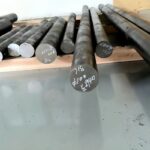Knowledge: What is high carbon steel?
High carbon steel is not just your average metal. It has a rich history that dates back centuries and has been used in everything from swords to industrial machinery. Legend has it that the famous samurai swords of ancient Japan were crafted from high carbon steel, giving them their legendary sharpness and strength.
In modern times, high carbon steel continues to be a popular choice for a wide range of applications due to its durability and versatility. Whether you’re in the market for a trusty knife or need a reliable material for your manufacturing needs, high carbon steel is a tried and true option that won’t let you down. So let’s dive into the world of high carbon steel and discover what makes it so special.
So what is high carbon steel?
High carbon steel is a type of steel that contains a higher amount of carbon than other steels. Typically, it has a carbon content of 0.60% to 1.5%. This results in a harder and stronger material that is often used in tools and machinery parts that require high durability and strength.
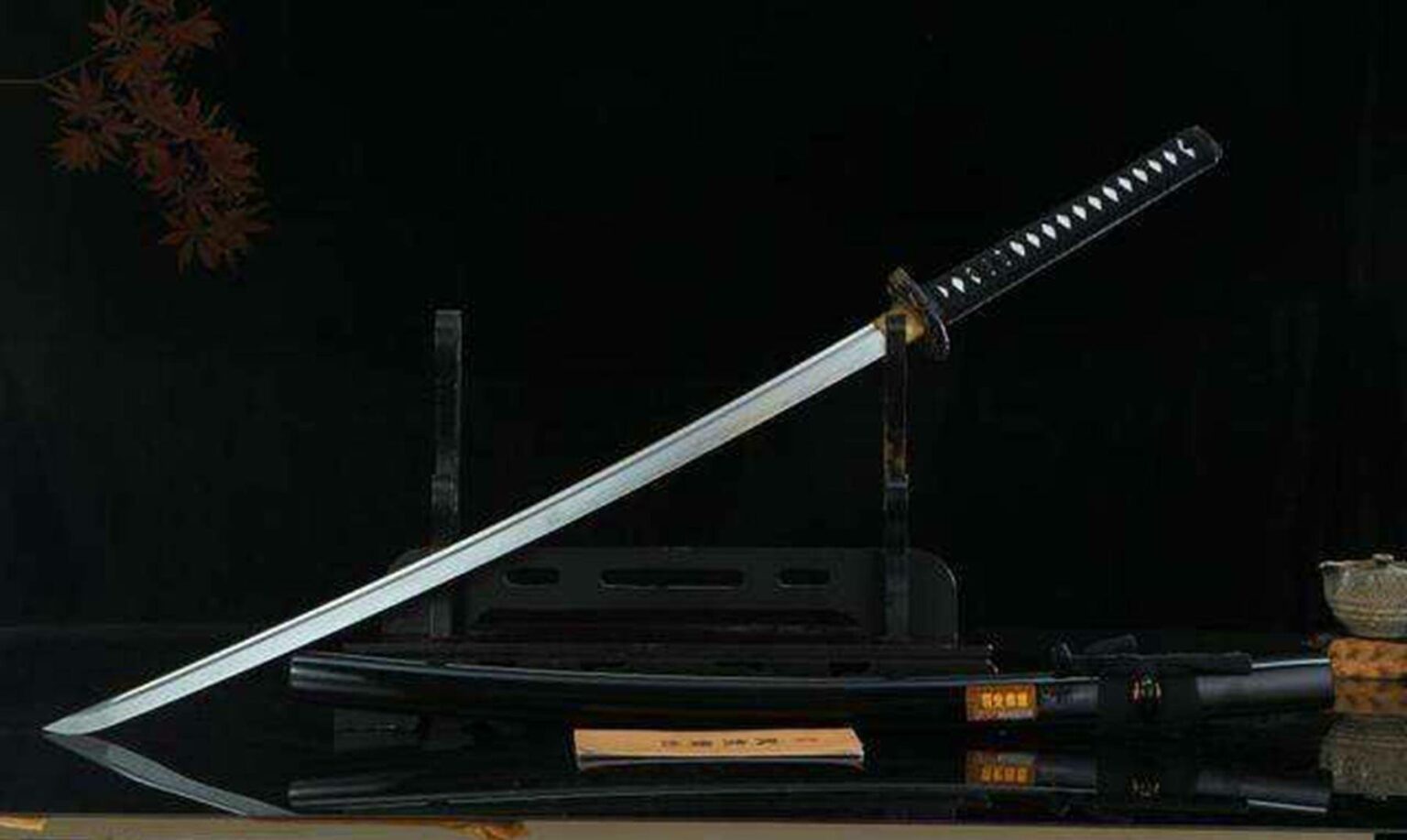
In this article, we’ll talk about the high carbon steel, and provide you with the information from the following aspects:
Contents
How is high carbon steel different from low carbon steel?
Well, when it comes to high carbon steel and low carbon steel, there are a few key differences you should know. As someone who has been in the carbon steel export business for years, let me break it down for you.
First off, high carbon steel contains more carbon than low carbon steel, typically between 0.6% and 1.5%, while low carbon steel contains less than 0.3% carbon. This means that high carbon steel is harder and more durable, but also more brittle and difficult to shape.
On the other hand, low carbon steel is more ductile and easier to shape, making it ideal for applications where flexibility is important, like in automotive components or construction materials.
Another important difference is that high carbon steel has a higher tensile strength and can withstand more stress before breaking than low carbon steel. This makes it a popular choice for cutting tools and other high-stress applications.
So, to sum it up, high carbon steel and low carbon steel have different carbon content, resulting in different properties and applications. As an experienced carbon steel exporter, I know the importance of choosing the right type of steel for each project to ensure the best results.
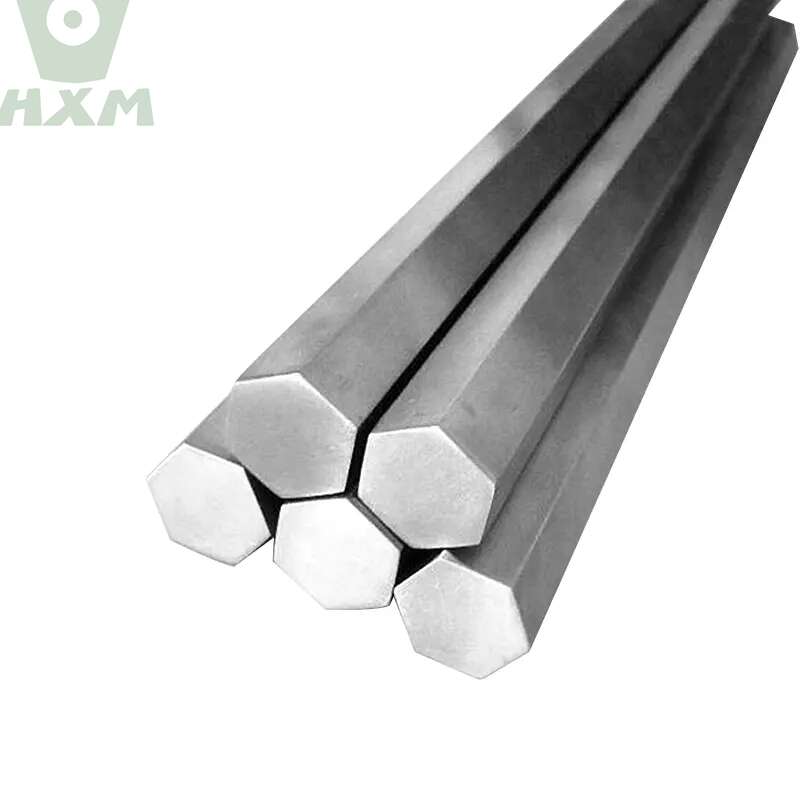
What are the properties of high carbon steel?
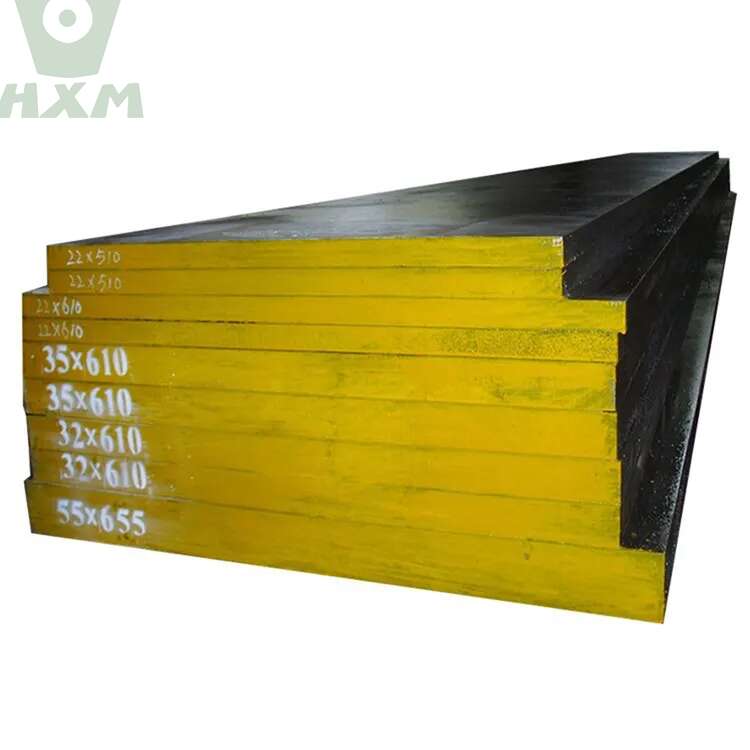
As a seasoned carbon steel export trader, I can tell you that high carbon steel is known for its exceptional strength, hardness, and wear resistance.
Its high carbon content makes it ideal for applications where durability and toughness are required, such as in the manufacturing of tools, blades, and springs. High carbon steel also has low ductility and low weldability, which means it can be brittle if not properly handled.
Its hardness and strength make it challenging to machine, but its resistance to wear and deformation makes it highly desirable in certain industries.
These properties make high carbon steel a popular choice in specialized fields where strength, durability, and toughness are critical.
What are the common uses of high carbon steel?
As an experienced carbon steel export trader, I can tell you that high carbon steel is a versatile material that finds applications in many industries.
Due to its excellent strength and hardness, high carbon steel is often used in manufacturing cutting tools, such as knives, saw blades, and drill bits.
It is also used in the production of high-quality springs, as well as in the automotive and aerospace industries to make various parts that require high strength and wear resistance.
Additionally, high carbon steel is widely used in the construction industry to produce reinforcement bars for concrete structures. Its durability and ability to withstand heavy loads make it an ideal material for this application.
In short, high carbon steel is a valuable material that has numerous industrial applications, and its versatility makes it a popular choice for a wide range of products.
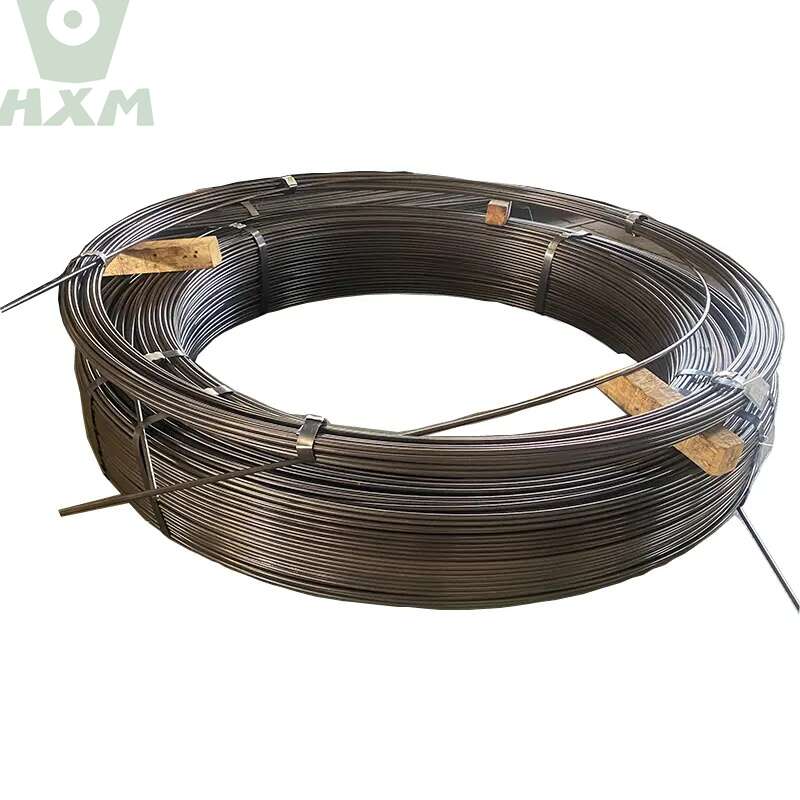
What are the advantages and disadvantages of high carbon steel?
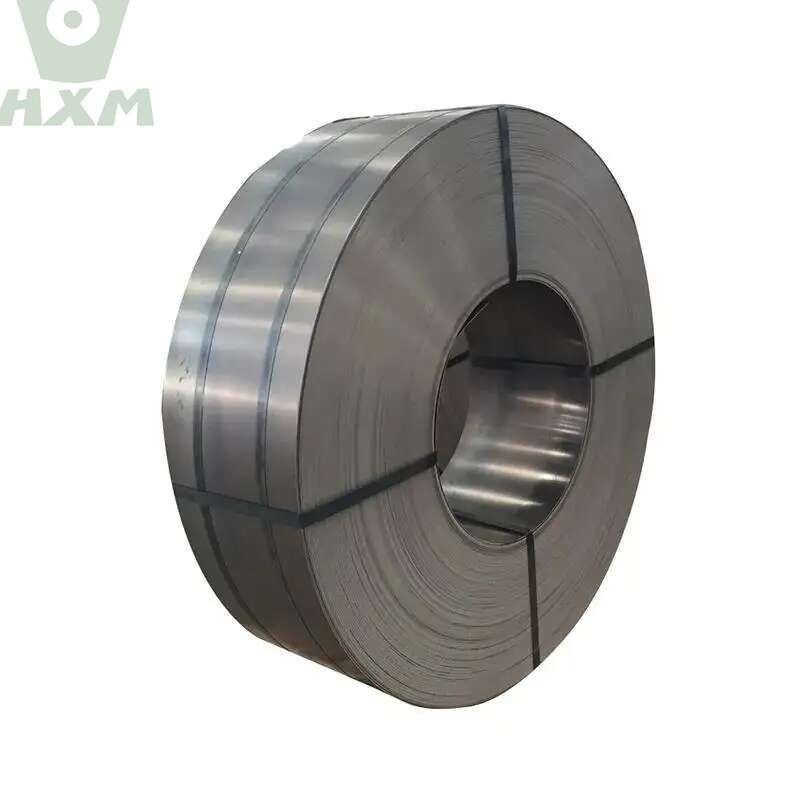
One of the main advantages of high carbon steel is its excellent hardness and wear resistance, making it ideal for applications such as cutting tools, springs, and high-strength wires. Additionally, it has good tensile strength and can withstand high levels of stress and pressure.
However, there are also some drawbacks to using high carbon steel. It has poor weldability, which can make it challenging to work with, and it is also more brittle than other types of steel. Additionally, high carbon steel is prone to rust and corrosion if not properly treated or coated.
In summary, high carbon steel can be an excellent choice for certain applications, but it also requires careful consideration of its limitations and proper treatment to avoid potential issues.
How is high carbon steel made?
High carbon steel is made through a process called “steelmaking,” which involves removing impurities from iron ore to produce pure iron. The pure iron is then combined with carbon to create the desired carbon content.
In the case of high carbon steel, the carbon content is typically between 0.60% and 1.4%, which makes the steel harder and more brittle than low carbon steel.
The high carbon steel is then heated and cooled at a controlled rate to create a desired crystalline structure, which can impact the steel’s mechanical properties.
The process of making high carbon steel requires careful control of both the carbon content and heat treatment, which can affect the steel’s strength, durability, and other properties.
As a result, it is important to work with knowledgeable and experienced suppliers to ensure high quality and consistency in high carbon steel products.
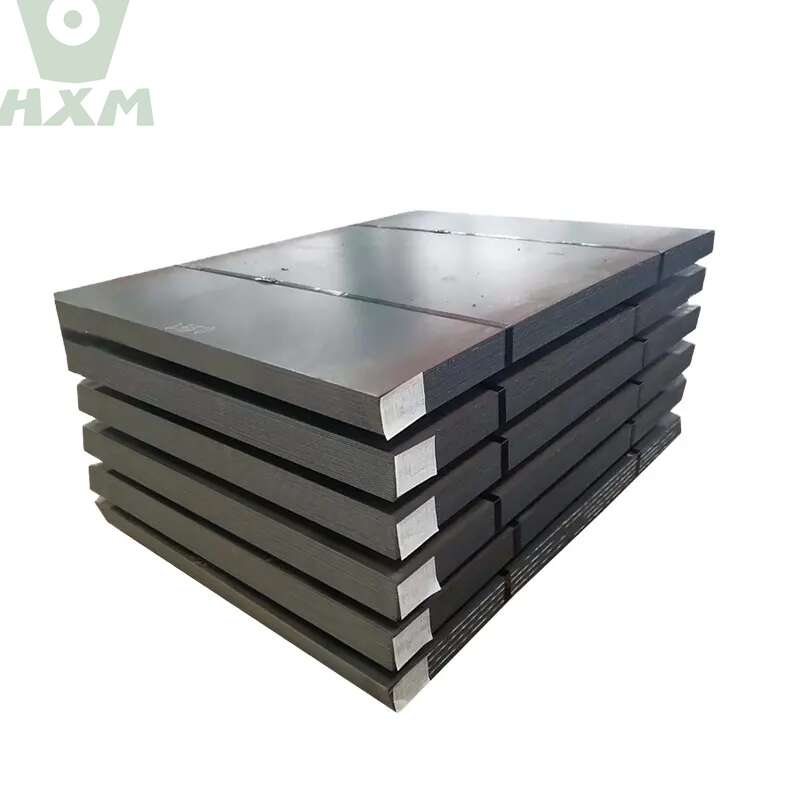
How does high carbon steel compare to other types of steel?
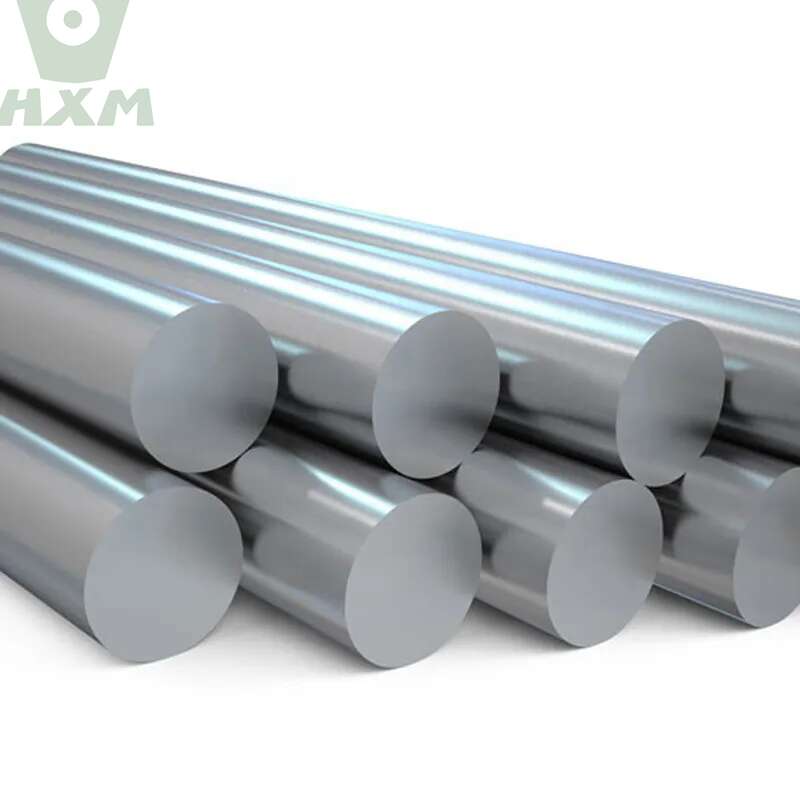
As someone who has been exporting carbon steel for years, I can tell you that high carbon steel has its unique advantages compared to other types of steel.
For instance, it is incredibly strong and durable, making it ideal for heavy-duty applications such as making knives, tools, and industrial machinery parts.
Additionally, high carbon steel has a high level of hardness and abrasion resistance, which allows it to retain its sharp edge and withstand wear and tear for a longer time.
However, one disadvantage of high carbon steel is that it can be brittle, which means it may crack or break under excessive stress or impact.
Overall, high carbon steel is an excellent choice for specific applications, but it’s essential to consider its limitations and properties when deciding whether it’s the right material for your project.
What are some common alloys used in high carbon steel?
As someone who has worked in the carbon steel export industry for years, I can tell you that high carbon steel is often alloyed with other metals to enhance its properties.
Some of the most common alloys used in high carbon steel include chromium, vanadium, manganese, and tungsten. Chromium, for example, improves the steel’s resistance to corrosion and wear, while vanadium increases its strength and toughness. Manganese is used to improve the steel’s machinability, and tungsten is added to enhance its hardness and wear resistance.
By carefully selecting and combining these alloys, manufacturers can produce high carbon steel that is ideally suited to a wide range of applications, from cutting tools and springs to automotive components and industrial machinery.
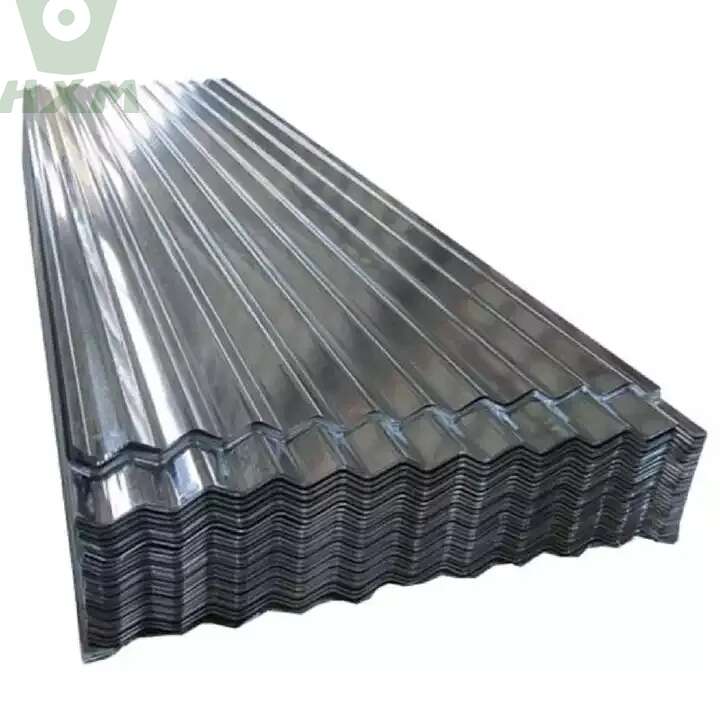
How does the carbon content affect the properties of high carbon steel?
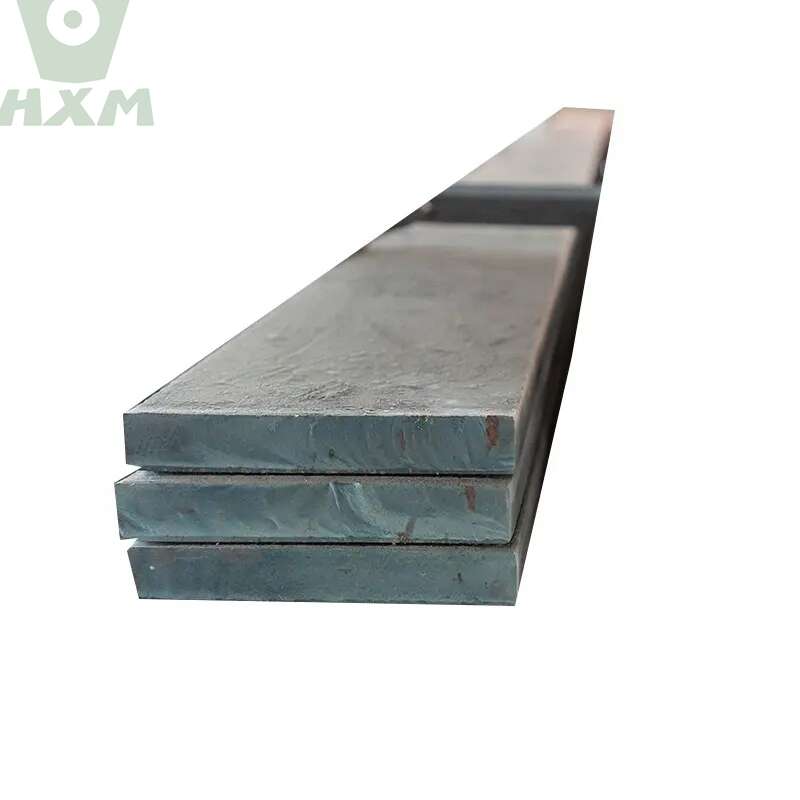
As someone who has been in the business of exporting carbon steel for many years, I can tell you that the carbon content of high carbon steel plays a crucial role in determining its properties.
Generally, the higher the carbon content, the stronger and harder the steel will be, but it will also become more brittle and less ductile. This is because carbon atoms bind together in the steel’s crystal lattice, which increases the material’s strength but reduces its ability to bend and deform without breaking.
When high carbon steel is heat-treated, the carbon content also affects the steel’s response to heat. For instance, increasing the carbon content will cause the steel to become more responsive to heat treatment, allowing for greater control over the steel’s final properties. On the other hand, decreasing the carbon content will make the steel less responsive to heat treatment, which can limit its potential applications.
Overall, the carbon content is a critical factor in determining the properties of high carbon steel, and careful control of the carbon content is necessary to achieve the desired properties for specific applications.
What are some common types of high carbon steel?
As someone in the business of exporting carbon steel, I can tell you that there are several common types of high carbon steel. One is tool steel, which is often used to make cutting tools, dies, and other high-wear applications.
Another is spring steel, which is known for its elasticity and is used in the manufacturing of springs and other components that need to maintain their shape under stress. High carbon steel can also come in the form of carbon tool steel, which is often used in the production of knives and other cutting tools due to its high hardness and durability.
Other types include high-speed steel, which is used in high-temperature applications such as cutting tools and drills, and ball-bearing steel, which is used to make bearings and other components that require high strength and durability.
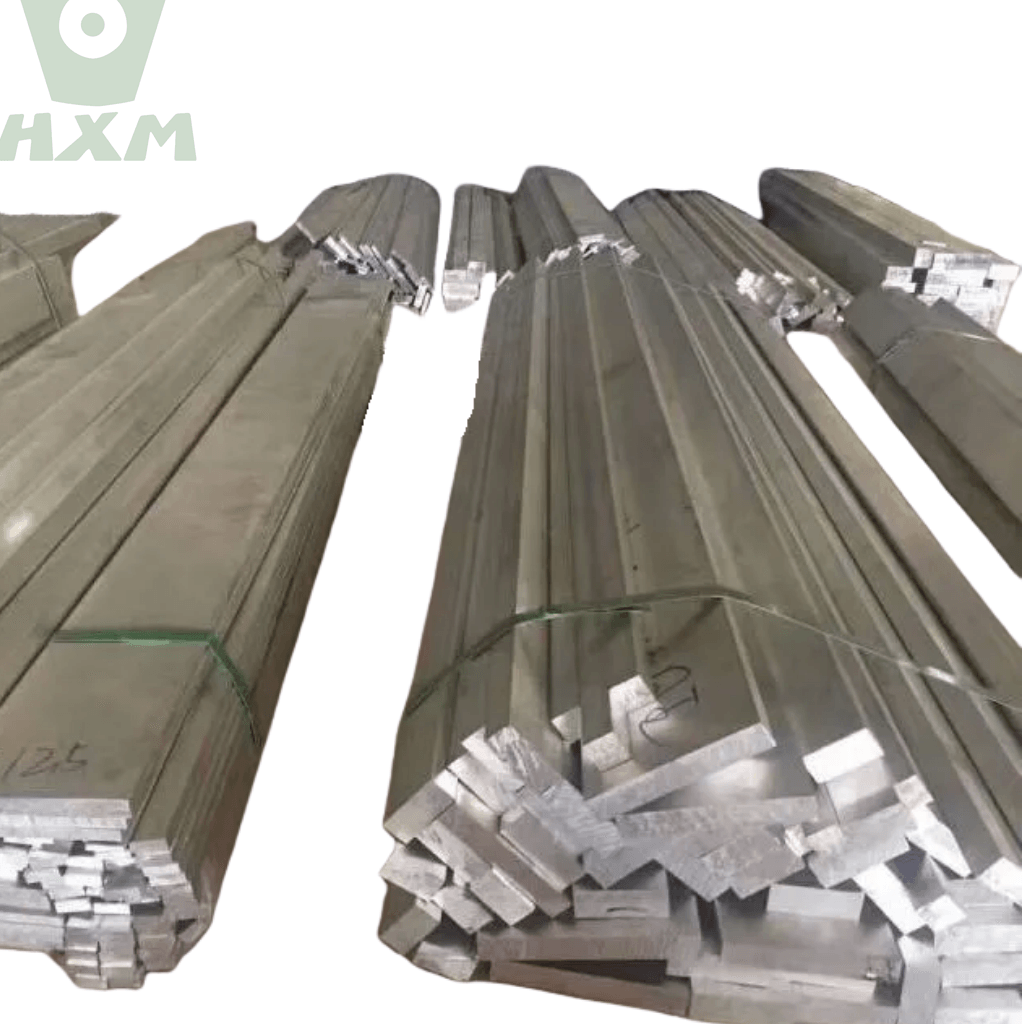
How is high carbon steel used in industry and manufacturing?
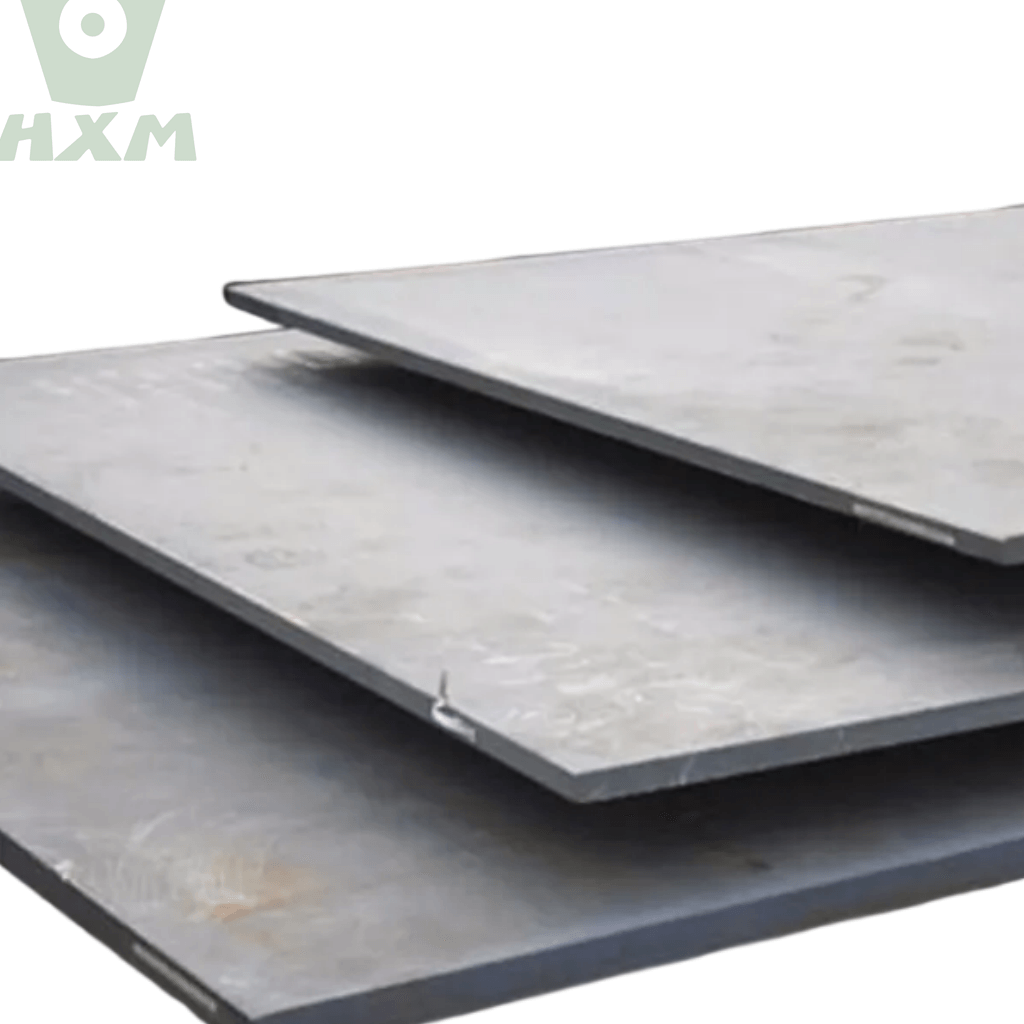
As an experienced carbon steel export trader, high carbon steel is a popular material in the industrial and manufacturing world due to its excellent strength, hardness, and wear resistance.
It’s often used to make high-quality cutting tools, such as knives, saw blades, and drill bits, as well as machinery components, springs, and wires.
High carbon steel can withstand high levels of stress and pressure without deforming or breaking, making it ideal for heavy-duty applications. Its durability and toughness also make it a common choice for construction and engineering projects that require reliable and long-lasting materials.
Overall, high carbon steel’s unique properties and versatility make it a valuable material in various industries and manufacturing processes.
Conclusion
In summary, high carbon steel is a type of steel with a carbon content of 0.6% to 1.5%, making it strong, durable, and suitable for a wide range of industrial and manufacturing applications. It is made by heating iron and carbon together to high temperatures, followed by cooling and tempering to achieve the desired properties.
The carbon content affects the hardness, strength, and ductility of the steel, making it more suitable for certain applications than others. Common alloys used in high carbon steel include chromium, manganese, and vanadium, which enhance its strength and durability.
The main advantages of high carbon steel are its hardness, strength, and wear resistance, while its disadvantages include its brittleness and susceptibility to rust. High carbon steel is commonly used in the manufacturing of tools, knives, springs, and machinery parts, and is highly valued for its toughness and reliability.
Request A Free Quote
We’d like to work with you
If you require further information about our metal sheet products or architectural projects, please don’t hesitate to leave your contact details and message here.
Our team of experts will respond within 24 hours to continue the discussion and provide you with any additional information you requires.





